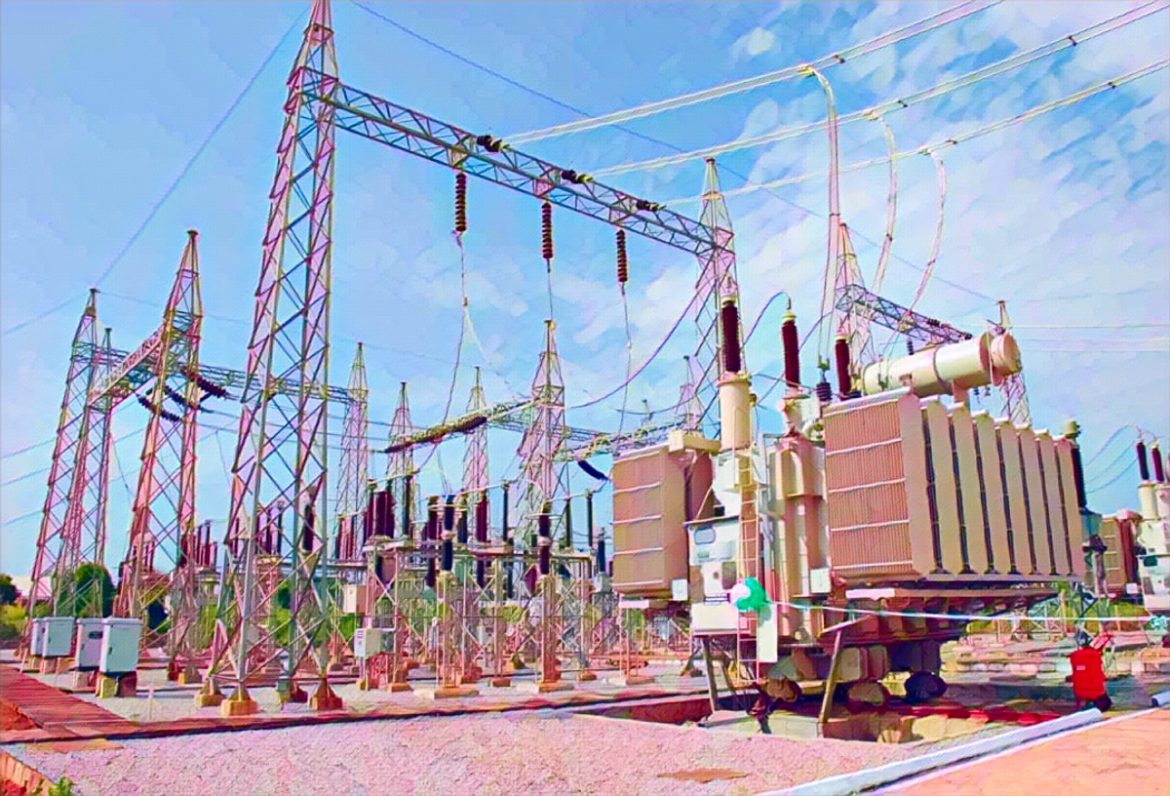KEY POINTS
-
National grid lost 4,091 MWh/h in September.
-
NERC blames limited grid capacity and plant constraints.
-
Government finalises ₦4 trillion bond for GenCos and gas suppliers.
Nigeria’s electricity grid continues to show deep structural weakness. Despite years of heavy investment, the country’s power network recorded a loss of 4,091 megawatt-hours per hour (MWh/h) in September, underscoring its inability to transmit more power from generation companies.
Nigeria national grid loss highlights weak capacity
The Nigerian Electricity Regulatory Commission (NERC) released the September 2025 Operational Performance Factsheet on Tuesday, containing the figure. The report revealed that the Plant Availability Factor (PAF) for the month stood at 38 percent, meaning only about 5,200 megawatts were available for dispatch out of a total installed capacity of 13,625 megawatts.
In contrast, the Average Load Factor was recorded at 78 percent, indicating that 4,091 MWh/h of available generation capacity was actually utilised. Top-performing plants during the period included Zungeru, Egbin, Kainji, and Jebba, which collectively provided a significant share of total output. NERC’s data once again highlights how Nigeria’s outdated grid infrastructure and persistent technical bottlenecks continue to limit power distribution.
Despite adequate installed capacity, much of Nigeria’s generated power fails to reach consumers due to transmission inefficiencies and liquidity challenges.
Government acts to restore financial stability
To stabilise the sector, the Federal Government finalised the Presidential Power Sector Debt Reduction Plan in August 2025. The plan, endorsed by President Bola Tinubu and the Federal Executive Council, approves ₦4 trillion in government-backed bonds for settlements.
These funds will clear verified arrears owed to generation companies and gas suppliers across Nigeria’s electricity market.
Tony Elumelu, Chairman of Heirs Holdings and Transcorp Power, said the initiative addresses long-standing debt problems in the power sector. He described the intervention as a credible step toward rebuilding investor confidence and restoring market stability in electricity supply, according to Vanguard.
Olu Verheijen, Special Adviser on Energy to the President, said the reforms aim to modernise the grid and improve distribution networks. She explained that the plan also targets closing metering gaps and aligning tariffs with efficient operational expenses nationwide.
According to her, the government is transitioning from reactive measures to sustainable and consistent power delivery across the country. Verheijen added that the initiative will help attract private investment and strengthen long-term confidence in Nigeria’s energy infrastructure.


